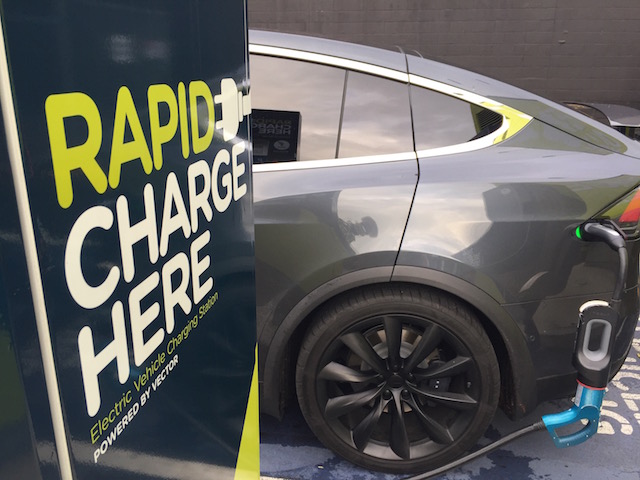
Global consulting firm UBS Research last year tore apart two similar-sized five-door hatchbacks, a battery-electric (BEV) Chevrolet Bolt and a petrol-powered Volkswagen Golf.
Its engineers and analysts had a two-fold aim: to count the moving parts in each vehicle and to see what the Bolt cost to make.
They found the Bolt had 24 moving parts compared with the Golf’s 149, and that the US$37,000 (NZ$52,100) Bolt was US$4600 (NZ$6400) cheaper to produce than expected.
They concluded that, because electric motors are so much simpler than combustion engines, and with further cost falls likely, electric cars would probably disrupt the industry faster than widely understood.
And therein lies the enormous change facing dealers and service centres as carmakers ramp up production of EVs.
Chevrolet parent General Motors says it is talking to its distributors worldwide about how to keep its dealers profitable in the future as it moves towards 20 new electrified models by 2023.
VW says it is doing the same thing while it works towards an EV variant of all its models over the next 12 years. Nissan/Mitsubishi plans 12 electrified vehicles by 2022.
All new Jaguar Land Rover vehicles from 2020 will be electrified. The EV list goes on – BMW, Mercedes-Benz, Fiat Chrysler, Ford, Honda, Toyota …
Keeping dealers profitable? With the proliferation of EVs, dealers won’t get the regular after-sales service/parts business they get with the internal combustion engine and its components. It’s revenue they depend on.
There will be no oil and oil filters to change; no fluids in the radiator to check or flush; no gearbox to service; no drive belts to replace; no air or fuel filters or spark plugs to change. Another thing: an EV’s regenerative braking system will extend the life of brake pads and rotors …
A conference dealing with these eventualities and their impact on car dealers/service centres is taking place in the US this month.
